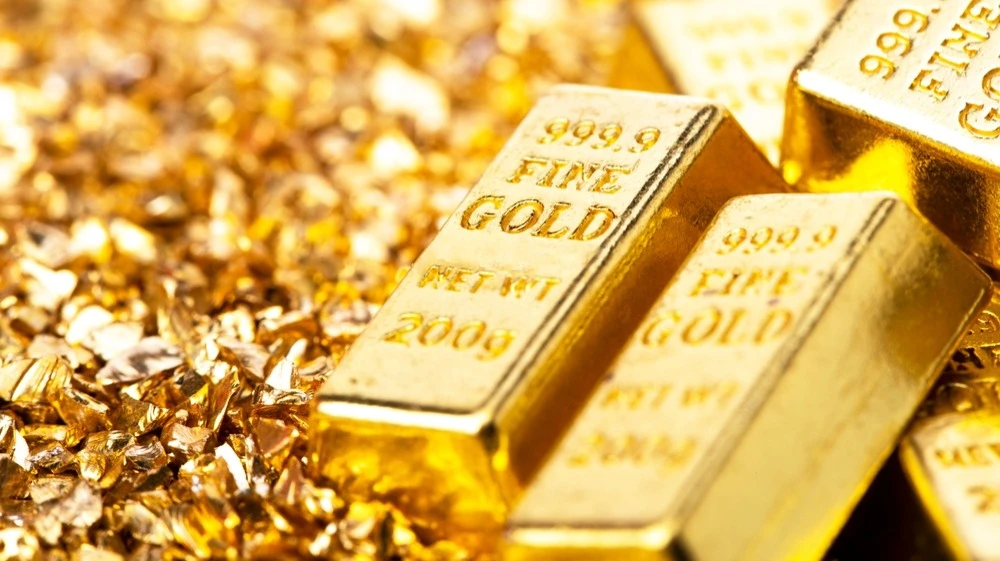"Gold is the new bitcoin": Yardeni expects the precious metal to rise to $10,000 in four years
Since the beginning of 2025, gold has risen in price by about 60%, while bitcoin has added about 20%

Gold is replacing bitcoin as the most popular protective asset, says analyst and head of Yardeni Research Ed Yardeni. According to him, investors seeking refuge from growing geopolitical risks are returning to time-tested instruments - gold and silver. The analyst believes that the precious metal may rise to $10,000 per ounce by the end of the decade.
Details
Gold, rapidly updating all-time highs, has once again become a more attractive and reliable protective asset for investors than bitcoin, said Ed Yardeni in a note quoted by CNBC.
"Bitcoin has been called 'digital gold,' but I would say gold is the 'new bitcoin,'" Yardeni noted. - Investors moving away from risky assets are increasingly finding that gold better protects against geopolitical threats. Gold has been around since the beginning of human history and has traditionally been considered a protective asset, while bitcoin, with its short history, mostly behaves as a speculative instrument."
Yardeni's target price for the precious metal in 2025 is $4000 per ounce - a level that gold has already overcome. In 2026, the analyst expects growth to $5000 and does not rule out that by the end of the decade the value could reach $10,000 - 140% higher than the current price.
What's up with gold and bitcoin prices
Both assets are showing growth this year, but the precious metal is leading: over the past week, gold has added almost 4%, while bitcoin has declined by about 9%, CNBC writes. And over the past month, gold rose more than 13%, while bitcoin lost about 3%.
In total, the precious metal has risen in price by about 60% since the beginning of 2025, while bitcoin has added about 20%. For comparison, bitcoin's dynamics generally coincide with the Nasdaq Composite index, where the largest technology companies in Silicon Valley, including leaders in AI, are concentrated, CNBC notes.
The fall of bitcoin, according to Yardeni, is due to liquidity problems: about $19 billion in futures and credit positions were withdrawn from the market. "Some platforms automatically began to reduce the level of leverage to limit risks, because of which even profitable or hedged positions were closed," the expert explained. He added that amid the sharp drop in prices, large market participants reduced activity, which worsened liquidity and widened spreads.
Gold, on the contrary, rose sharply after Donald Trump's statements about the possible introduction of 100% duties against China. In trading on October 15, spot prices exceeded $4200 per troy ounce.
This article was AI-translated and verified by a human editor
